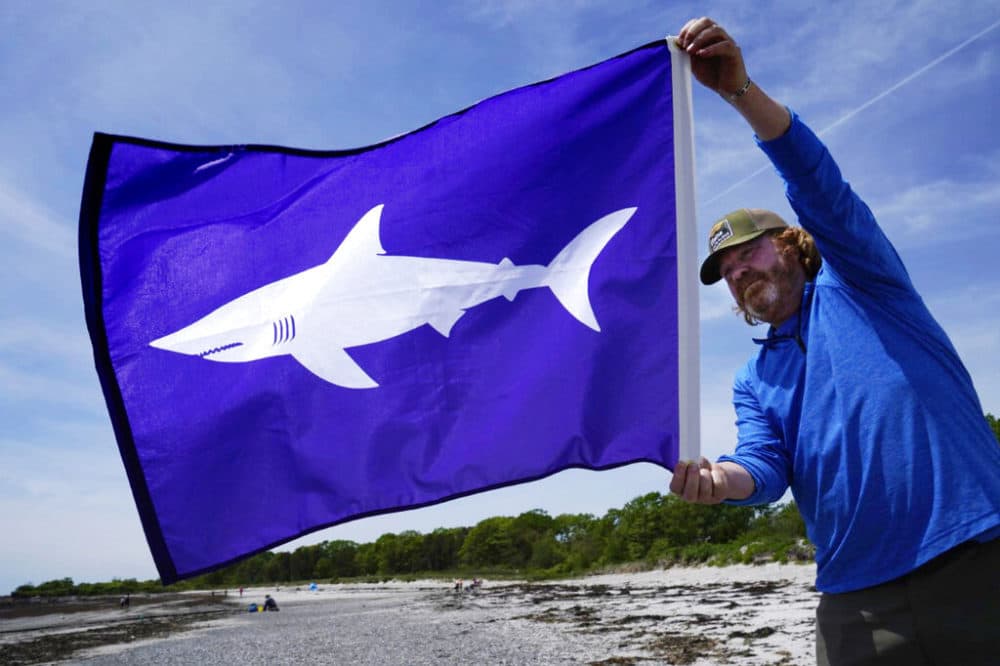Advertisement
Maine Triples Number Of Sensors That Track Large Sharks

The state of Maine is nearly tripling the number of acoustic shark detectors in coastal waters a year after the state's first fatal shark attack.
The Maine Department of Marine Resources deployed eight acoustic receivers in coastal waters a year ago between Wells and Popham Beach, raising the number of sensors to 11.
This summer, the state has deployed 32 acoustic receivers between York and Boothbay Harbor, said agency spokesperson Jeff Nichols.
The sensors don’t provide real-time data. They must be brought to shore for the data to be downloaded to determine if they detected sharks that were previously tagged with transmitters by researchers, the Bangor Daily News reported.
The extra sensors come a year a fatal attack in Harpswell.
Julie Dimperio Holowach, 63, of New York City, was killed by a great white shark while swimming. It was Maine's first fatal shark attack and the third fatal shark attack in New England.
An increasing presence of large sharks in New England waters is tied to a growing number of seals.
The purpose of the sensor system is to ensure that officials have data to support their efforts “to protect public safety and to provide important information about migration and habitat use of great white sharks in the Gulf of Maine,” state officials said.
The state plans to retrieve the sensors later this month, download the data and then put them back in the water, Nichols said. The sensors will remain in the water until late fall.